Background Story:
Am a part research scholar & part freelance design engineer, and for one of my project I needed to monitor couple of parameters like Temperature, humidity, light intensity. Using datalogger to perform this task was pretty obvious.
And I don’t have to tell you, how easy it is these days, to build simple datalogger with platform like Arduino.
Earlier, I have built Xbee based simple wireless node for similar applications. But I wanted to do more than that, I wanted to challenge myself.
[I just love to discover new things... Going in to Unknown]
I decided to build WiFi datalogger which will log the data to cloud platform like Thingspeak, Temboo.
I am impressed by its intuitive graphing, simplicity and readiness to export the data and further perform data analysis using MATLAB.
Another reason to choose WiFi, I wanted to try it and ESP8266 was affordable & easy to interface.
I shared this with my research-mates and apparently they were also looking for something like this for monitoring solar panel voltages.
Why?
The main reason to design the WiFio-Mini was 3V3 powered, WiFi-enabled board integrated with low cost and easy to read sensors.
Another reason was to simplify the realization of IoT application and speed-up the prototyping process. I just wanted to remove the complexity and errors involved due to in-compatible Logic levels [3V/5V] with sensors and RF modules. And no need to mention wiring, I have spent hours debugging them.
Why Atmega328P-DIP [With Arduino Core]: Arduino, SIMPLE yet Powerful programming language.
Why ESP-01: One of the widely used and accepted by electronics-enthu community. Simple Serial interface with AT commands. Readily available and low cost.
Why MCP9700: Temperature sensor with 10mV/˚C output. Instantly start monitoring temperature in the surrounding. Industry standard.
Why LDR: Get you started in measuring light intensity in the area. Low cost and easily available.
Why FTDI Header: Most trusted interface for Powering, Flashing sketches and Serial comm./debugging using USB-to-TTL 6-Pin module.
Why GPIO: Inspired by "Real Barebones Arduino" made by Paul Badger over at Modern Device.
Why +3V3: Now a days, Most of the Sensors and Wireless modules support/need 3V operations. Again we need to take care of Logic Level conversion otherwise we end up burning the module.
Technical Details:
- MCU: Atmega328P-DIP With Arduino Core.
- Wireless Module: ESP-01 [ESP8266].
- Sensors: MCP9700 and LDR.
- Programming Interface: FTDI Header for Powering, Flashing sketches and Serial communication.
- GPIO: Arduino Compatible Digital and Analog I/O.
- Power: +3V3 Powered[LM1117 REG.] and Power Jack for External Source[7-12V].
- Clock Speed: 8MHz Crystal.
 Amar Potdar
Amar Potdar
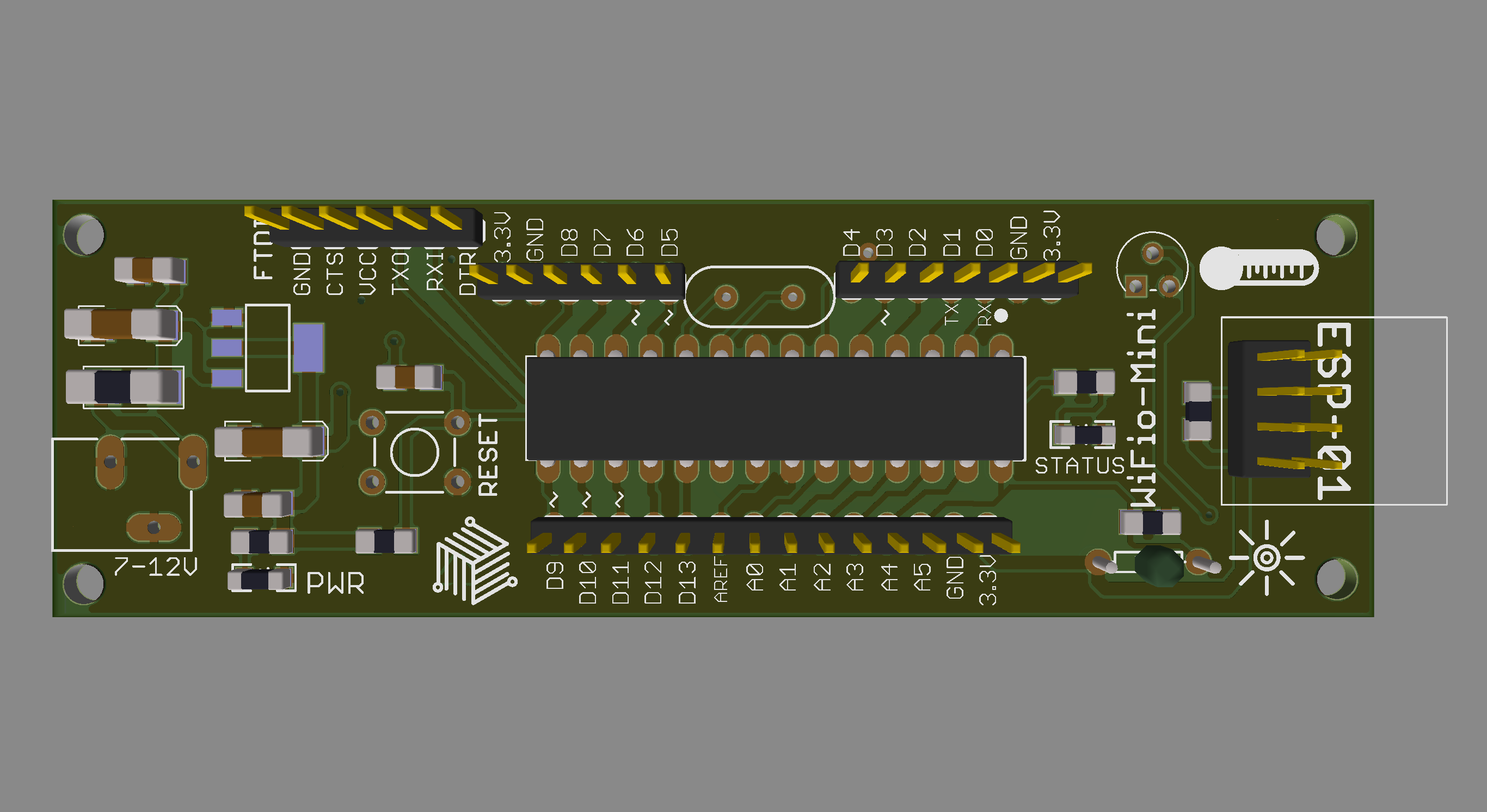
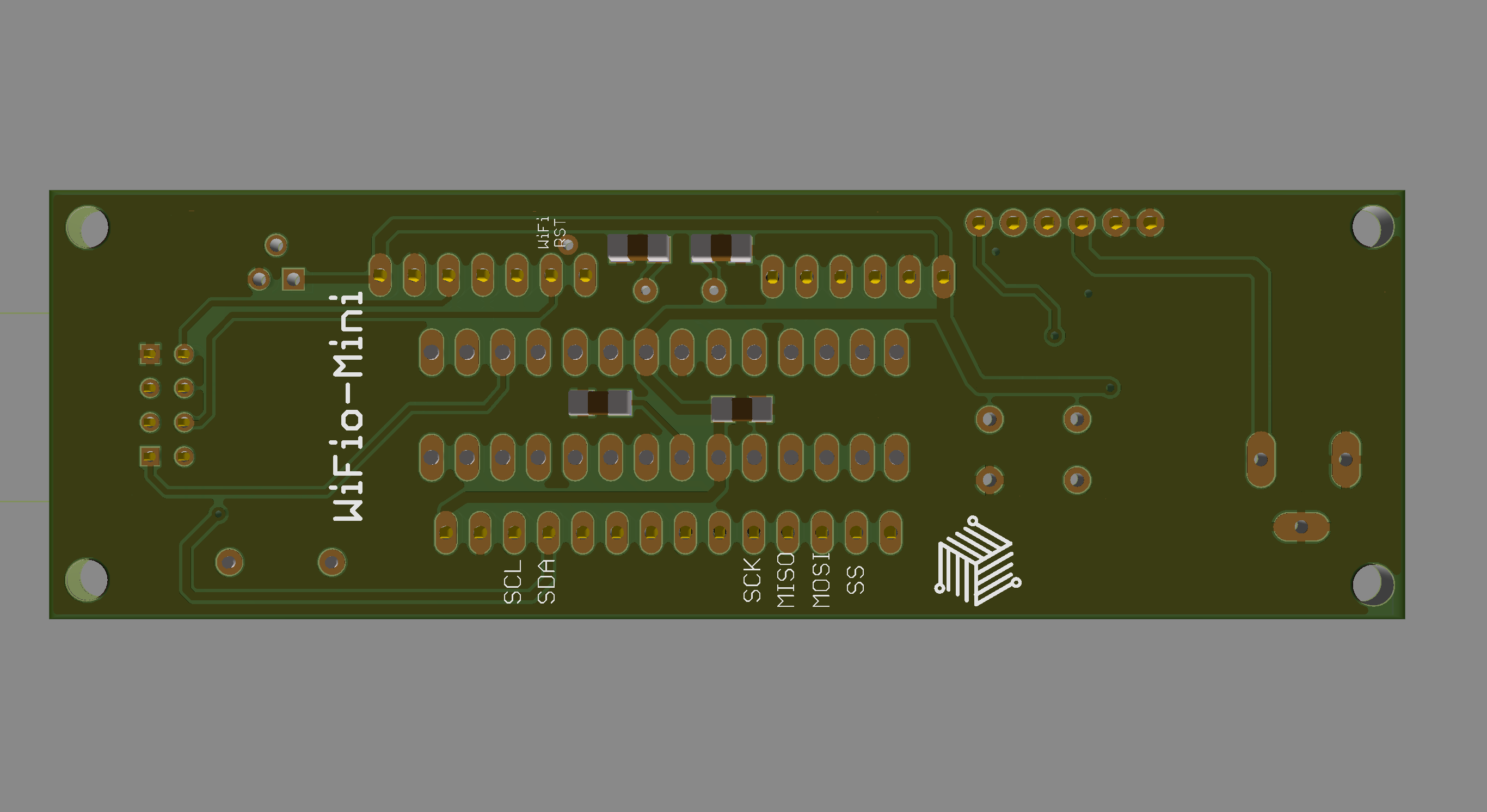
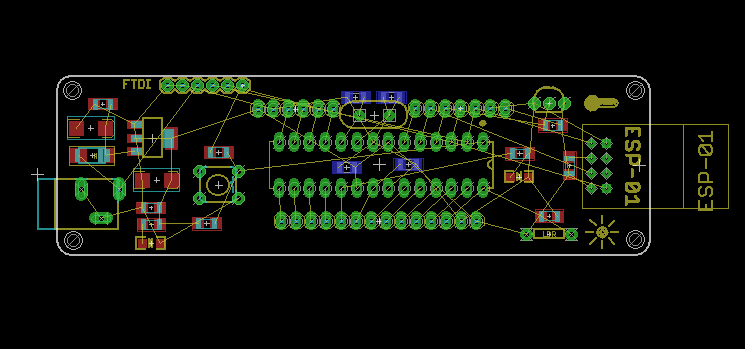


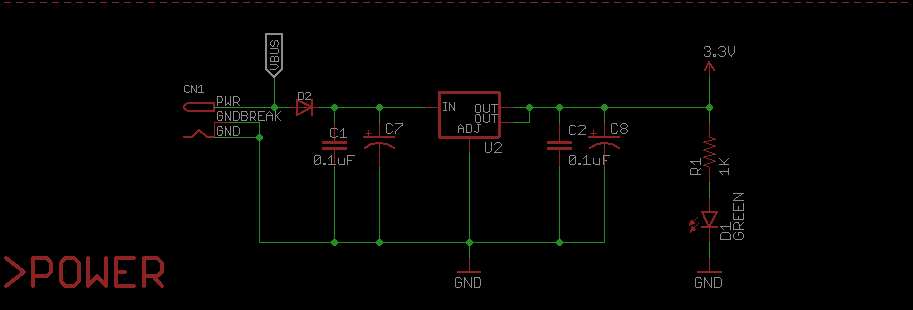
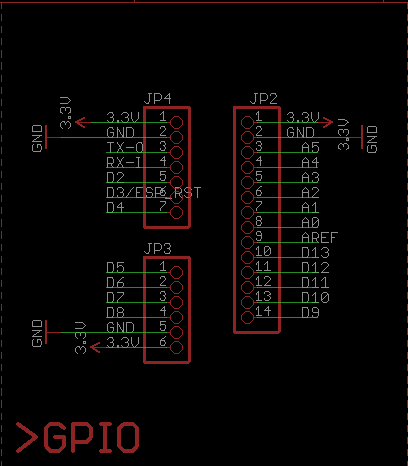
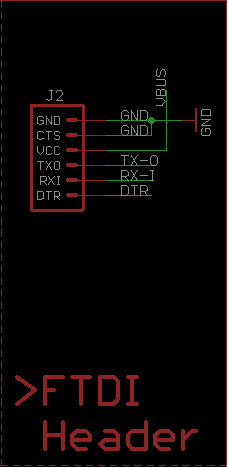


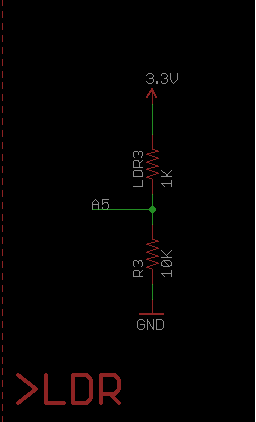
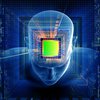
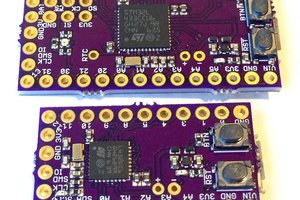
 Kris Winer
Kris Winer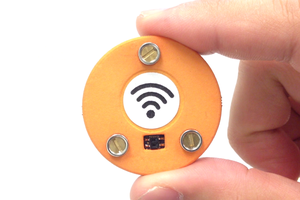
 Ekawahyu Susilo
Ekawahyu Susilo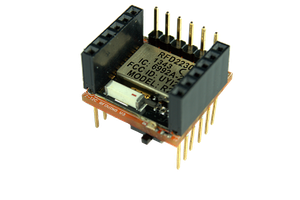
 James Cannan
James Cannan
 Poltorak Serguei
Poltorak Serguei
Feel free post your Suggestions, Opinions, Feedback, Ideas.. What else???